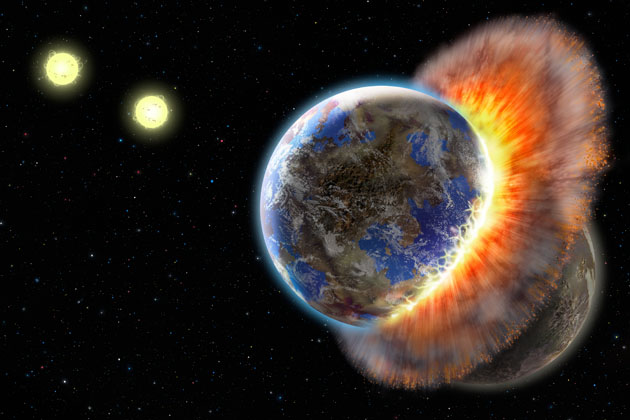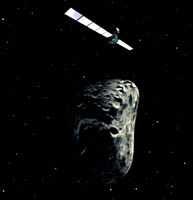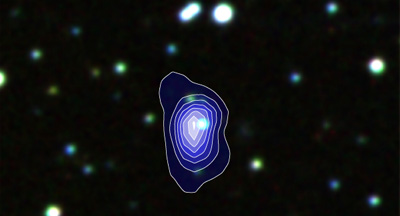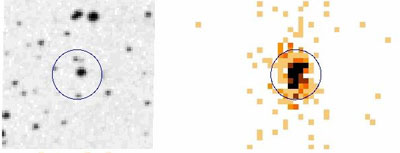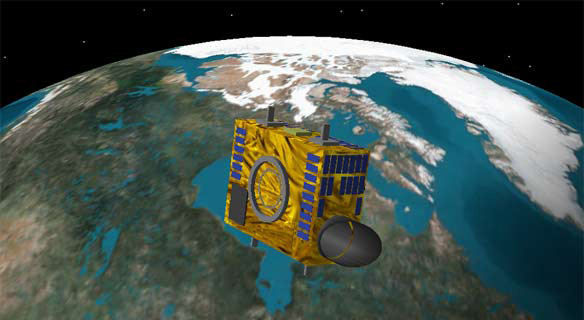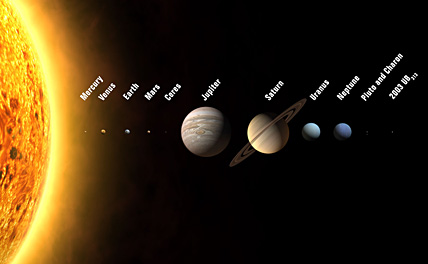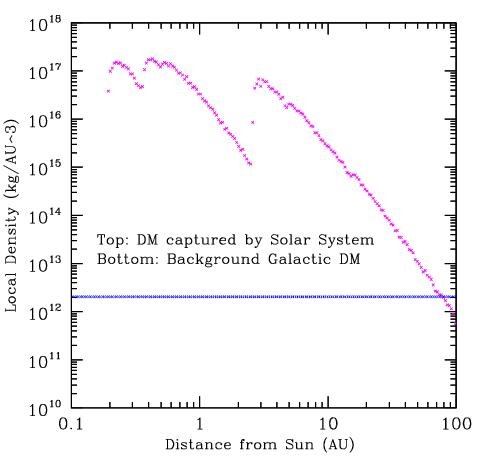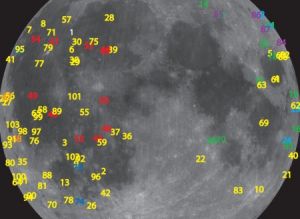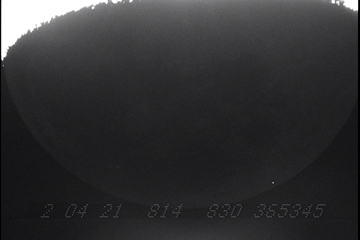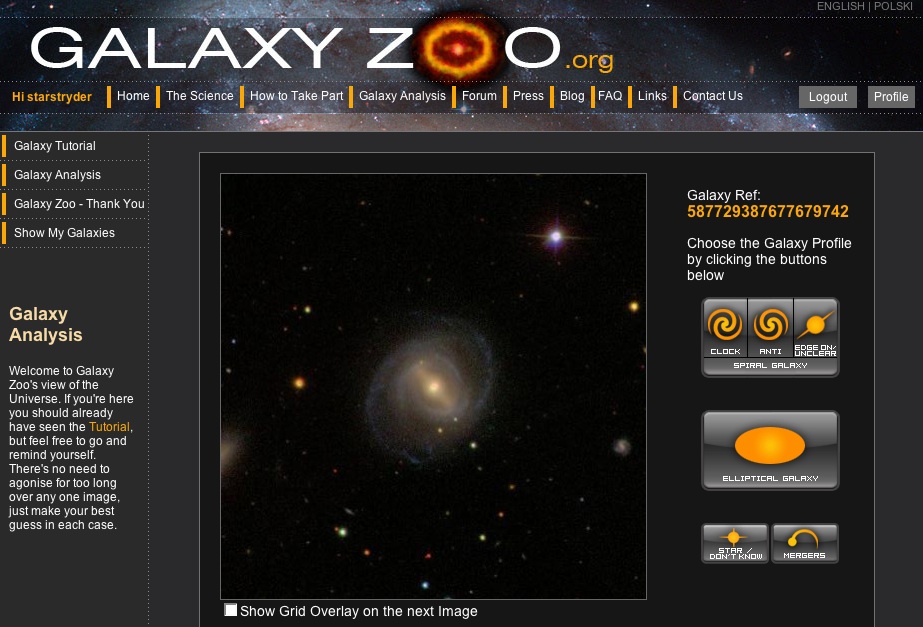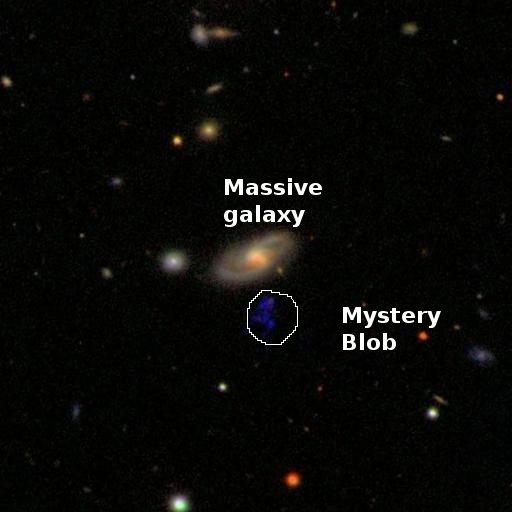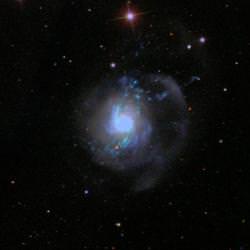[/caption]
What astronomers had expected to be a run-of-the-mill protoplanetary disk turned out to be evidence of a much more intriguing story. While observing the sun-like star BD 20 307, a team of astronomers noticed a large disk of dust surrounding the star. Usually, this is evidence of planetary formation around younger stars. The 8 planets (and plutoids…) in our own solar system formed out of just such a disk. Disks like this aren’t generally found around older stars, though, and when the age of the star was calculated to be several billion years old, the source of the dust appears to come from a rare event: it is the resulting debris of two planets slamming into each other.
Using data from the Chandra X-ray Observatory, and taking the brightness using one of Tennessee State University’s automated telescopes in Arizona, the team first discovered BD 20 307 to in fact be part of a close binary pair. Not only that, but the system was much older than previously thought: several billions of years old, rather than a few hundred million. The system is 300 light-years away from Earth in the constellation Ares.
The curiously large amount of dust orbiting BD 20 307 is 1 million times the amount of dust than is found in our own solar system, and orbits at a distance from the star that is similar to the orbits of Earth and Venus around our own Sun. The abundance of dust particles in this orbit – and around such a mature star – led scientists to the conclusion that it was created by the violent collision of two exoplanets.
Benjamin Zuckerman, UCLA professor of physics and astronomy and co-author of a paper on the discovery said, “It’s as if Earth and Venus collided with each other. Astronomers have never seen anything like this before. Apparently, major catastrophic collisions can take place in a fully mature planetary system.” Zuckerman and his team will report their findings in the December issue of the Astrophysical Journal.
Normally, warm disks of dust surround younger star systems, out of which larger and larger structures can form, eventually yielding planets. To find a disk of dust in around a star that is several billions of years old is odd, because the pressure of stellar radiation pushes out the lighter dust over time, and the larger chunks either form planets and asteroids, or break down in collisions and get blown away.
The collision between the planets took place within the past few hundred thousand years, though it is possible that it happened even more recently. Such a colossal collision raises the question of how the orbits of the two planets became destabilized, and whether such a collision could happen in our own solar system.
“The stability of planetary orbits in our own solar system has been considered for nearly two decades by astronomer Jacques Laskar in France and, more recently, by Konstantin Batygin and Greg Laughlin in the U.S.A. Their computer models predict planetary motions into the distant future and they find a small probability for collisions of Mercury with Earth or Venus sometime in the next billion years or more. The small probability of this happening may be related to the rarity of very dusty planetary systems like BD+20 307,” said paper co-author Gregory Henry, astronomer at Tennessee State University (TSU).
Source: EurekAlert

